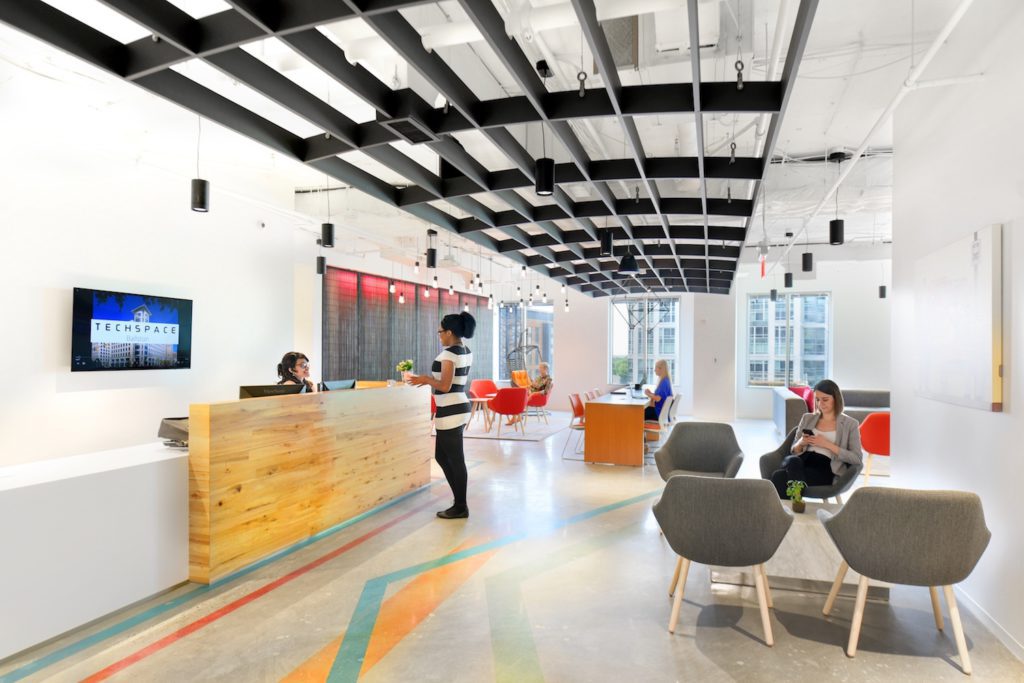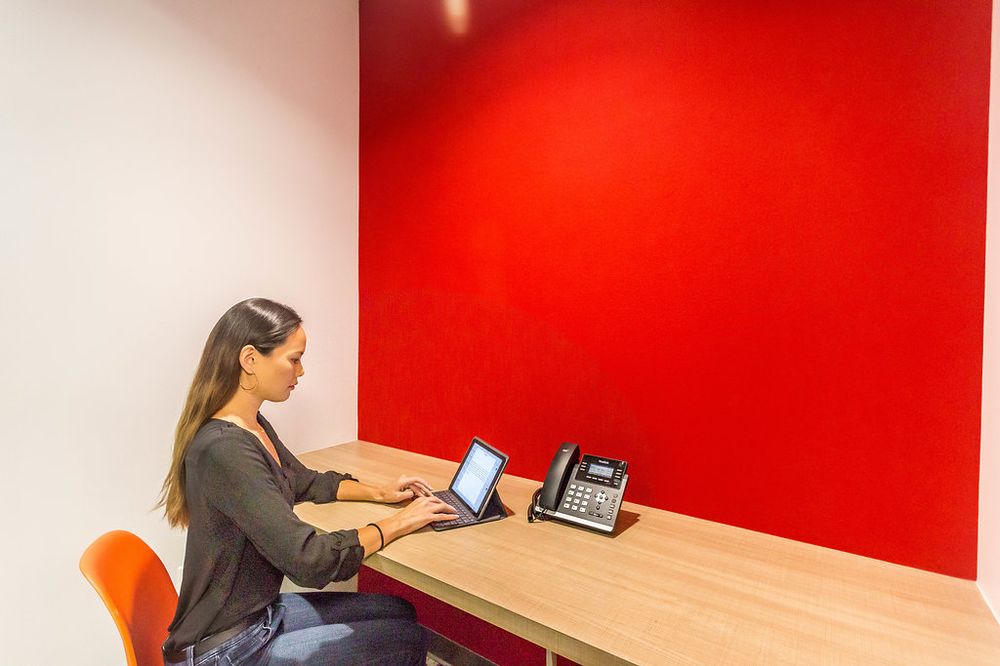
COVID-19 has revolutionized the way we look at workspaces. Office premises, which used to be where many of us spent the majority of our waking hours, now sit idle as organizations shift to virtual, work-from-home setups.
Leaders are taking one day at a time to manage these difficult times. However, as we plan for the future and the loosening of constraints, we must consider how and where we will work.
To establish a safe atmosphere for businesses, coworking spaces and shared offices are implementing new sanitation and floor layout tactics.
COVID-19 and Remote Working
COVID-19 has thrown our lives into disarray in a variety of ways, particularly in terms of how we work. Before the epidemic, coworking and remote work were on the rise, but demand for coworking spaces has dwindled, and venues are straining to provide secure desks, equipment, and professional networking possibilities.
Coworking spaces have smartly and creatively pivoted and adapted to the new normal. In the wake of COVID-19, here’s how coworking spaces are being reimagined.
Remote work isn’t going away anytime soon.

Many people will work from home permanently as the virus takes its toll on the economy and, of course, the actual workforce. Twitter, Facebook, Google, Microsoft, and a slew of other businesses have announced work-from-home policies that will last at least until 2020, if not longer.
In April 2020, MIT released a report confirming that 34% of Americans who previously commuted to work were staying at home. Prior to COVID-19, the percentage of remote employees stayed at 4%. According to Kate Lister, president of Global Workplace Analytics, 30% of people will continue to do so for the foreseeable future.
COVID-19 has dispelled the employer’s mistrust in coworking in one fell swoop, demonstrating the viability of remote labor. Lockdowns will be lifted, however this does not mean that the traditional office will be reinstated.
Many employees, on the other hand, prefer to keep their professional and home life separate. People will eventually wish to commute somewhere after the risk of transmission has decreased. Companies will be required to provide “de-densified” locations closer to their customers.
How Shared Office Space Provides Solution

While the pandemic and lockdown caused a significant drop in coworking space usage, it is projected that the industry will continue to grow in the near future. The freedom and structure that coworking space provides can be used by independent professionals as well as remote workers who prefer to work outside of their homes.
Coworking Resources reviewed over 3,000 requests between February 2020 (pre-lockdowns) and May 2020 (post-lockdowns) and found that space utilization has begun to improve, with a trend toward private offices, longer-term contract lengths, and higher desk capacity requirements.
Although the coworking model has taken a hit, it still has a lot of attraction for both large and small businesses. This new strategy is known as one floor in ten cities against 10 floors in one. Then there are the new and improved co-working spaces, which are the ideal choice for businesses that want various locations with customizable layouts. As businesses are forced to restructure and rearrange their finances, coworking will rise again.
In a post-COVID era, demand for coworking spaces is projected to rise as more businesses migrate to a remote work environment. As a result, significant enterprises and large companies are likely to make up a large percentage of users who desire to split their massive workforce into manageable remote teams. Coca-Cola was a pioneer in the use of internal coworking spaces. The company opened a 70-person space at its Atlanta headquarters in 2013. The space has hosted a number of start-up weekend events as part of an endeavor to encourage innovation and entrepreneurial behavior.
Shared office spaces are rethinking their floor plans as well. Companies invested millions of dollars after the last recession to cram as many workers as possible into office spaces. Today, it’s the polar opposite. Every floor design configuration should be changed to consider social distancing and safety.
What are the most important safety precautions that coworking spaces should take?

Cushman & Wakefield has developed the “6 foot office” concept to assist their clients in creating secure environments. New and enhanced standards of conduct, unique routing for each workplace, modified workstations, and optimized shared amenities are all part of the concept. It’s a no-brainer to incorporate technology into your workspace: imagine automatic doors, hands-free check-ins, and smart lighting.
Increased sanitary measures, according to a recent HubbleHQ study, are crucial for employees to feel comfortable in these places again. The most favored measure among responders was implementing meticulous cleaning routines with daily antiviral spraying.
Compulsory hand-washing, as well as readily available masks and sanitizers, followed spraying in popularity. Plexiglass shields between desks will be the new standard; shared meeting spaces will be obsolete. The allure of a different desk every day has faded as employees seek something secure in which they can put their trust.
Cleaning used to be something that happened in the background, usually when no one was in the room. Cleaning that is visible is now a must for making employees feel at ease in a shared environment.
CRE professionals can continue to experiment with office designs by incorporating coworking spaces into an organization’s existing office environment until they have created a setting that is acceptable for individuals and teams working in the space, particularly Post-COVID.
The traditional coworking space paradigm is projected to evolve. Coworking facilities, for example, will have to be spacious for individual users rather than having too many individuals in one location in order to optimize profitability.
Coworking spaces are predicted to flourish again as many huge firms attempt to manage their fragmented remote large force.

Enterprise software development experience. More recently in positions including CTO, Lead Developer and Head of Product in Australia. Deep expertise in property and legal technology in Australia with a specialty in lead generation and tech scalability across Asia-Pacific.